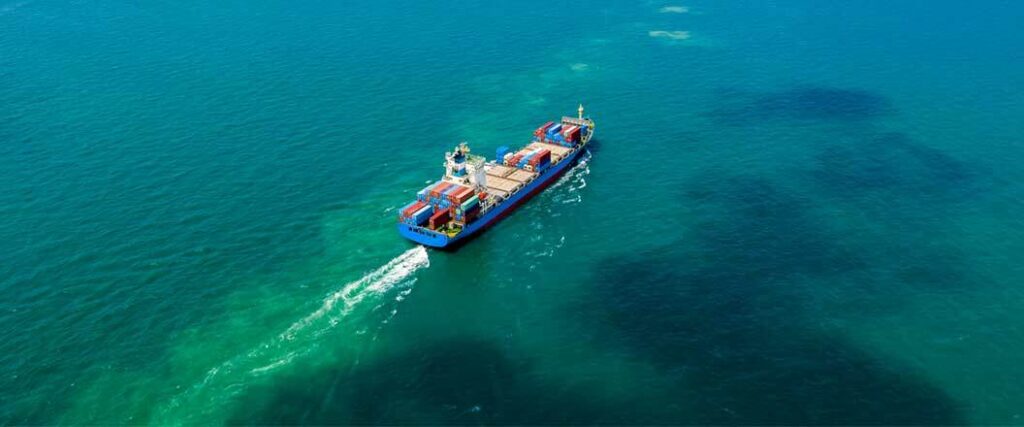An ISF-5 is a document required for transit cargo entering a U.S. port by ocean vessel, such as FROB and in-bond shipments. An ISF-10, on the other hand, is required for non-temporary ocean imports into the U.S. Importer security filings must be transmitted no less than 24 hours prior to the goods being loaded onto a ship bound for the U.S.
Read on to learn more about the difference between these two import documents, and when each is required by importers.
What’s the Difference Between ISF 5 and ISF 10?
An Importer Security Filing (ISF) gives U.S. Customs and Border Protection (CBP) better visibility into the goods entered into the U.S. The primary differences between an ISF-5 and ISF-10 are as follows:
- The amount of time the goods will stay inside U.S. borders – temporary or long-term
- The amount of data elements required
We’ll give an explainer for each type of ISF below.

ISF-5
Simply put, an ISF-5 is required by foreign importers for shipments that are only temporarily imported into the U.S. on the way to its final destination at a foreign port of unlading. This type of shipment typically includes transit cargo or in-bond shipments marked:
- Freight remaining on board (FROB)
- Immediate exportation (IE)
- Transportation and Exportation (T&E)
- Foreign Trade Zone (FTZ)
CBP began enforcing the ISF-5 rule in March 2019, ensuring increased security of high-risk shipments, even if the cargo is only temporarily within U.S. borders.
The person typically responsible for transmitting the ISF-5 on time is known as the booking party. This is usually the Foreign Importer of Record who makes the direct purchase from overseas. In some cases, the booking party may be a third party, such as the freight forwarder or consignee.
The data elements required for an ISF-5 include:
- Booking Party
- Foreign Port of Unlading
- Place of Delivery
- Ship to Party
- HS Commodity Code (6-digit level)
Learn more about how to submit an ISF correctly with our helpful guide.
ISF-10
An ISF-10 is documentation required for a non-temporary import into the U.S. by sea. Because the goods covered by an ISF-10 are being permanently imported into the U.S., not passing through temporarily, a lot more information is required by CBP.
The data elements required for an ISF-10 include:
- Seller
- Buyer
- Importer of Record Number (or FTZ Applicant Identification Number)
- Consignee Number(s)
- Manufacturer (or Supplier)
- Ship to Party
- Country of Origin
- Harmonized Tariff Schedule (HTS) Code
- Container Stuffing Location
- Consolidator
It’s worth noting that both types of ISF require a submission deadline of 24 hours before the goods are loaded onto a vessel bound for the U.S. Additionally, inaccuracies or failure to file an ISF on-time can result in a fine of $5,000 per infraction.
To learn more about an importer security filing 10+2, check out our overview article!
File Your ISF with USA Customs Clearance
Whether you need to file an ISF-5 or ISF-10, USA Customs Clearance can be your guide throughout the entire import process.
Get expert guidance from a Licensed Customs Broker and ensure all of your import documentation is submitted accurately and on-time. Give us a call at (855) 912-0406 or fill out our customs brokerage to get started.
